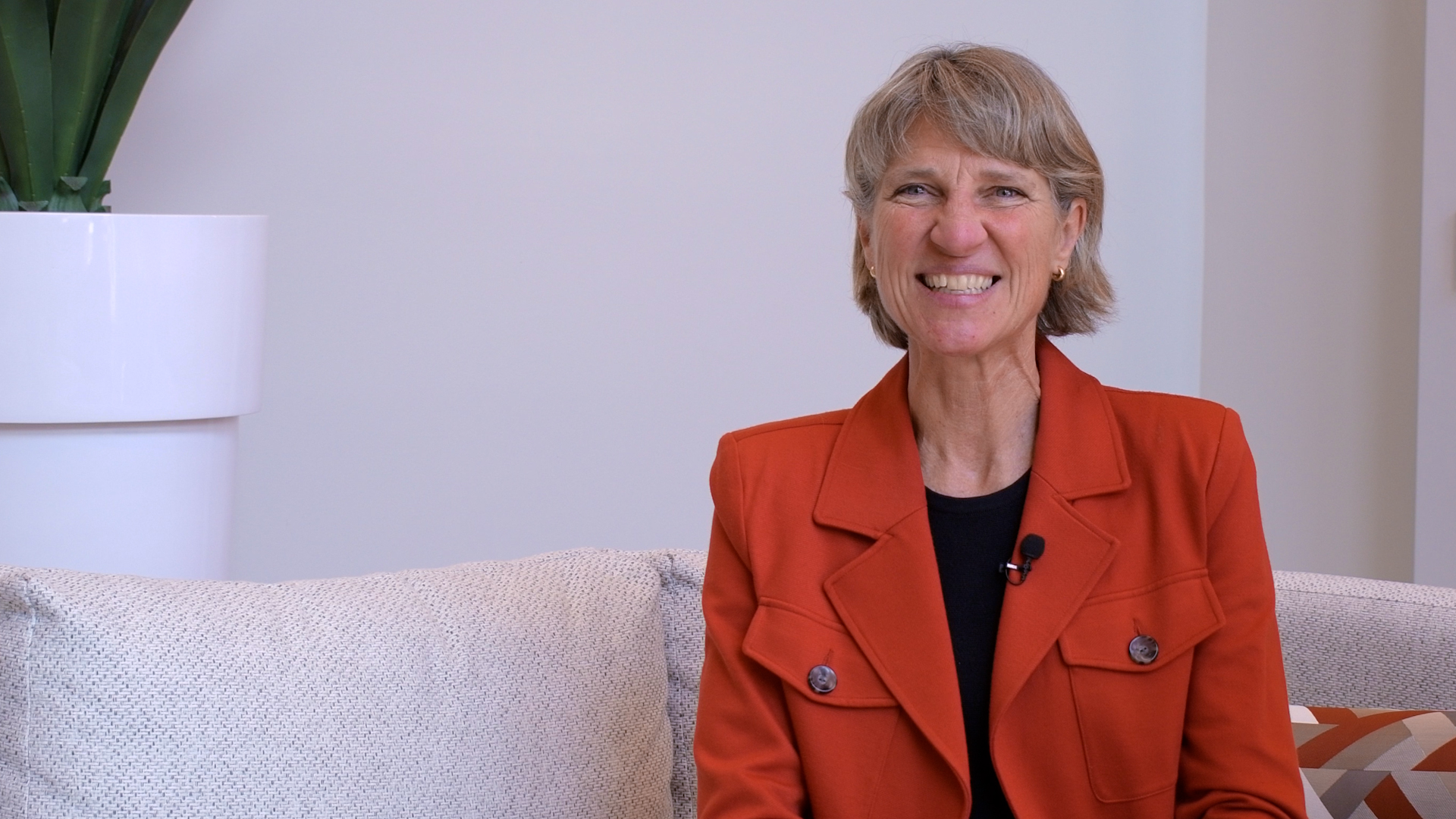Increasing Student Achievement in Rural Schools through Technology

Closing the achievement gap starts with addressing the opportunity gap, especially when it comes to technology access in the classroom.
When students in high-poverty rural schools have greater access to new technologies and teachers who know how to use them, academic performance on math and science tests scores can increase. That’s true even if teachers are not totally transforming the way they are teaching, according to research by Dr. Meg Blanchard and her team.
Blanchard, an associate professor of science education in the Science, Technology, Engineering and Mathematics Education Department at NC State, designed technology-enhanced professional development aimed at reaching a large percentage of the teachers – mostly math, science, and technology – at each of two rural, high poverty middle schools with predominantly (80 percent) minority students.
“Underlying everything I do is the desire to lift kids out of poverty,” said Blanchard. “One way to do this is to equip teachers to use technology tools in new ways that encourage students’ excitement about learning.”
Over the course of several years, Blanchard and her colleagues worked with teachers in these high-poverty schools to help teachers gain skills and confidence in teaching hands-on lessons using such technologies such as probeware, interactive whiteboards, document cameras, and data analysis software. They wanted to see if professional development efforts changed teacher beliefs about their practices and whether the use of these student-centered technologies would impact students’ learning outcomes.
“We wanted to see how our study impacted teacher’s beliefs, because these teachers at these schools were under quite a bit of duress to increase students’ performance on end of grade tests,” said Blanchard. “Testing often drives instruction, and technological tools often are used only by the teacher, not in ways that engage students or allow them to work together.”
Teachers in the project integrated the new technologies into classroom lessons and were asked to document their reflections. In the end, many the teachers’ practices did not change significantly, but just using these technologies with students seemed to be what mattered.
“Teachers who made even slight changes in their instruction by using new technologies reported increased student engagement,” she said. “Teachers were pleased that students were more excited about learning in STEM classrooms with technologies used by the students, and that they were more active in classroom discussions and activities.”
Using data from all of the students in the two schools over three years (2,321), Blanchard and her colleagues found that test scores of African-American students in these high-poverty middle schools increased significantly based on how many teachers that had over the three years of the study. African-American students in these schools mostly failed the state tests when taught by teachers who did not participate in the technology professional development.
But when students had project teachers all three years, their scores on the state math and science tests improved significantly, to passing rates that were equivalent to their white peers. These student improvements had school-wide effects, as well. One school, which had been on a state takeover list, came off that list. The other became a school of distinction. Additionally, equity became more of a focus in the classroom, as technology changed relationships between teachers and students.
“I think that teachers were able to see something different in their students, that their judgements about students and their abilities changed,” said Blanchard. “Teachers noted students who had never been involved in class volunteering and much more excited about school.”
Study results indicate that technology professional development is more effective if it is done school wide and takes place over multiple years. Learning outcomes improved the most for students with low achievement scores and with students from underrepresented groups, which for this study was African-American students.
“Teacher change requires sustained effort over a long period of time,” said Blanchard. “We need as much sustained professional development as possible with rural schools, who are further from the university. Even small changes in teachers’ use of technology in the classroom can lead to changes in student engagement and learning.”
- Categories:


